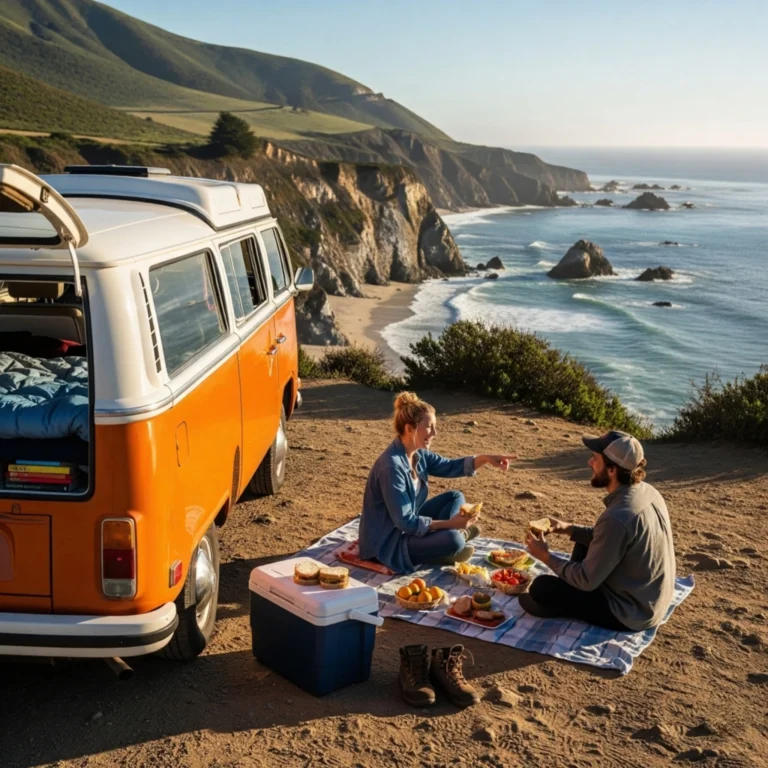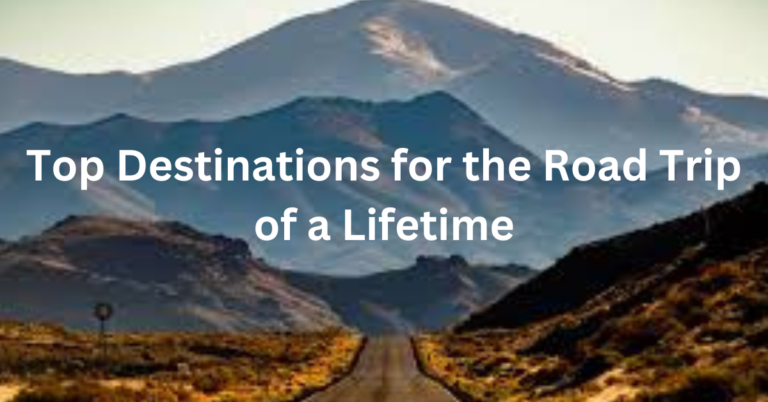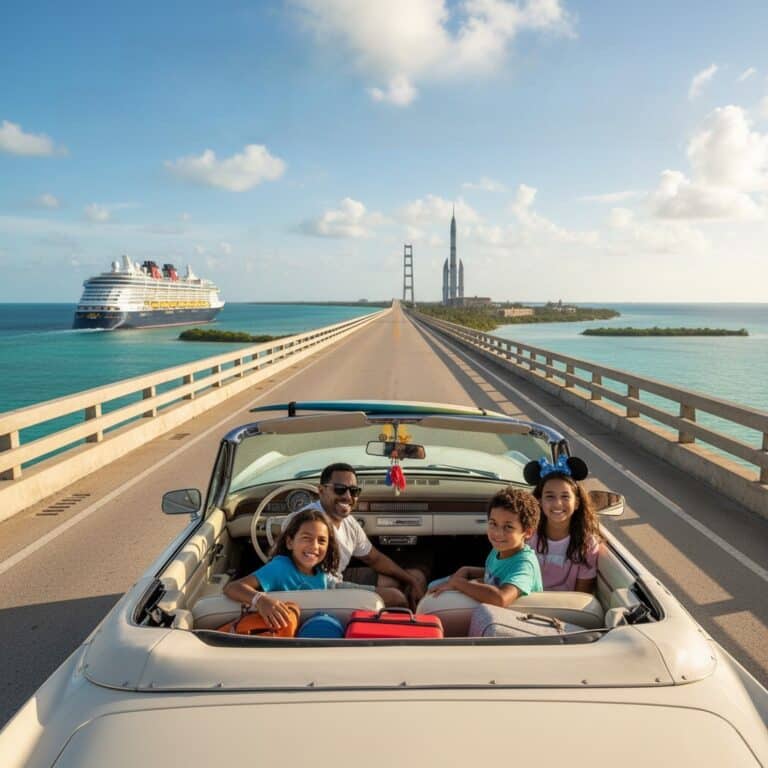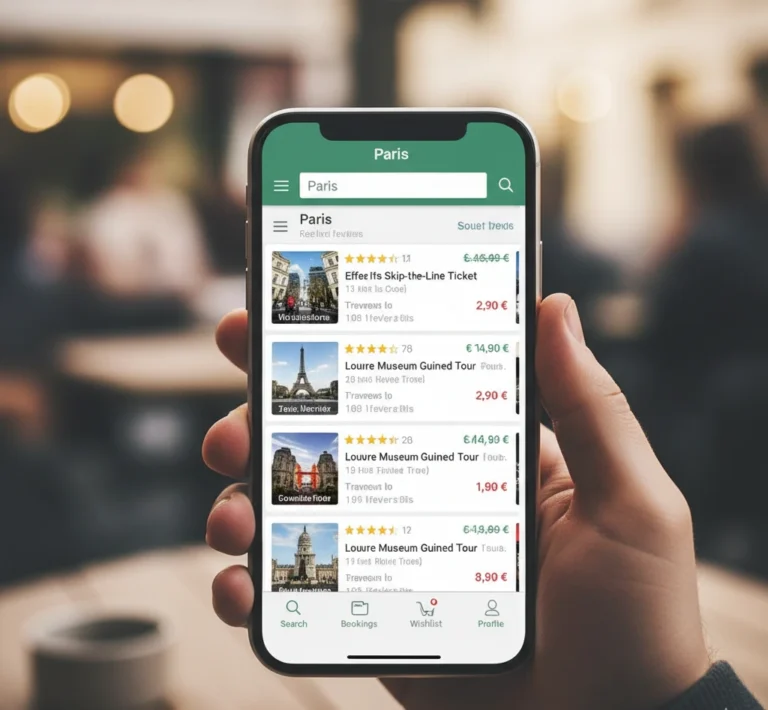Best Beaches on the Pacific Coast Highway: Your Ultimate Road Trip Guide
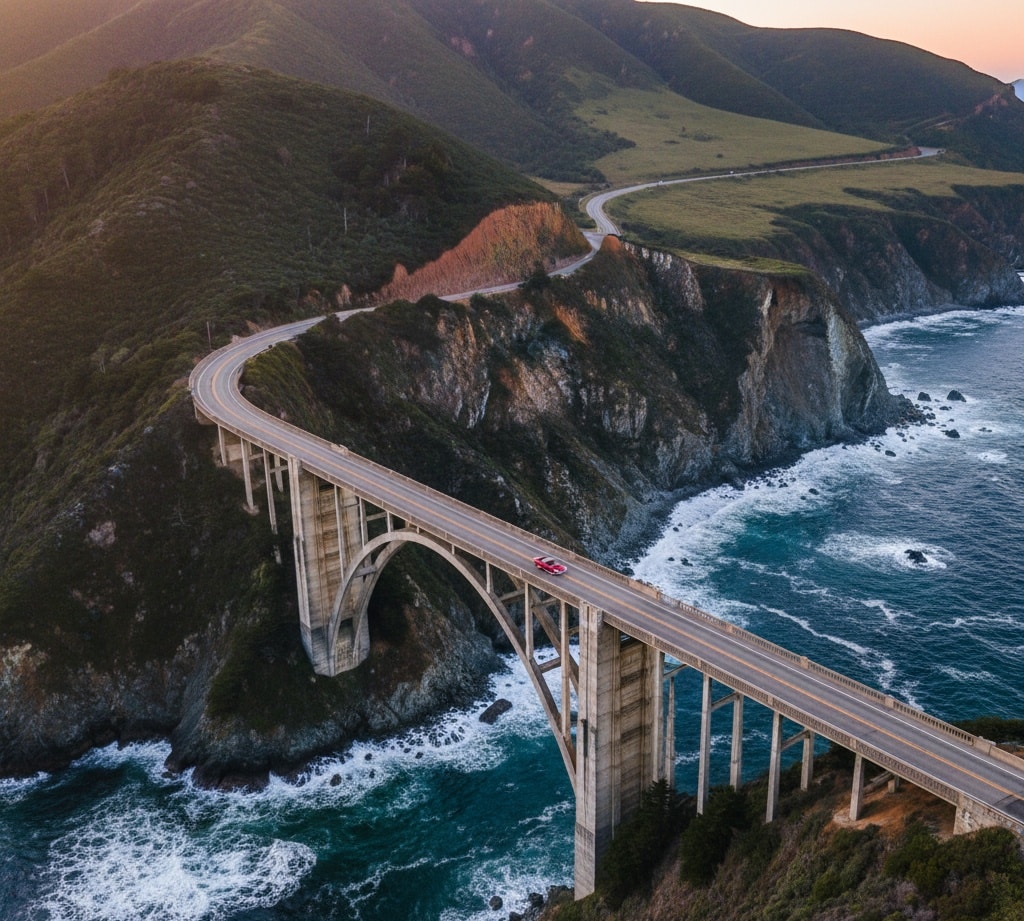
Your Ultimate Road Trip Guide,The Pacific Coast Highway (PCH) is more than just a road—it’s one of the most iconic road trips in the world. It’s a journey of winding cliffside roads, breathtaking ocean views, and the constant feeling of adventure. While the drive itself is incredible, the real magic lies in the countless beaches that dot the coastline from the sunny shores of Southern California to the misty forests of Washington.
But with hundreds of miles of coastline, how do you choose where to stop? Don’t worry, we’ve got you covered. This is your ultimate guide to the must-visit beaches on a Pacific Coast Highway road trip. Whether you’re looking to surf, sunbathe, explore tide pools, or just take the perfect photo, there’s a stretch of sand waiting for you.
Southern California: Sun, Sand, and Classic Vibes
The Southern California stretch of the PCH is what many people dream of: wide sandy beaches, surfers catching waves, and a vibrant, sunny atmosphere.
Laguna Beach, Orange County
Laguna Beach isn’t just one beach; it’s a collection of stunning coves and sandy spots, each with its own personality. Main Beach is the lively heart of it all, with basketball courts, boardwalks, and easy access to the town’s art galleries and shops.
- Why It’s a Must-Visit: The dramatic cliffs and crystal-clear water make it one of the most beautiful coastal towns in California. It has a relaxed, artsy vibe that is hard to resist.
- What to Do There: Explore the amazing tide pools at Treasure Island Beach, go skimboarding at Victoria Beach to see the “Pirate Tower,” or simply relax on the sand at Main Beach.
- Pro Tip: Parking can be challenging, especially on weekends. Try to arrive early or use the town’s trolley service to get around.
El Matador State Beach, Malibu
This isn’t your typical wide, sandy beach. El Matador is famous for its massive sea stacks, hidden sea caves, and dramatic rock formations. It feels like a secret, rugged escape just a short drive from Los Angeles.
- Why It’s a Must-Visit: It’s one of the most photographed beaches in California for a reason. The towering rocks and sea caves create a stunning landscape, especially at sunset.
- What to Do There: This beach is perfect for photography, exploring sea caves at low tide, and having a scenic picnic. It’s less for swimming and more for exploring.
- Pro Tip: Access to the beach is via a steep dirt path and stairs. Wear sturdy shoes for the walk down. The real magic happens during low tide when you can explore more of the caves.
Central California: Dramatic Cliffs and Hidden Gems
As you drive north, the landscape changes. The Central Coast is wilder, with rugged cliffs, powerful waves, and some of the most breathtaking views on the entire PCH, especially through Big Sur.
Pfeiffer Beach, Big Sur
Famous for its unique purple sand and the iconic Keyhole Arch rock formation, Pfeiffer Beach is a Big Sur essential. The purple color comes from manganese garnet particles washing down from the hillsides, creating beautiful swirls in the sand.
- Why It’s a Must-Visit: Where else can you see purple sand? This beach feels otherworldly. Watching the sunset through the Keyhole Arch is a core PCH memory you won’t forget.
- What to Do There: Photography is the main attraction here. It’s also a great place to wander and feel the raw power of the Big Sur coast. The wind can be strong, so it’s more for exploring than sunbathing.
- Pro Tip: The turnoff for the beach is not well-marked. Look for Sycamore Canyon Road. The road down is narrow and winding, and the parking lot is small and fills up quickly. Go on a weekday if possible.
Carmel Beach, Carmel-by-the-Sea
At the northern end of Big Sur is the charming town of Carmel-by-the-Sea. Its main beach is a perfect crescent of soft, white sand, framed by cypress trees. It’s incredibly picturesque and has a more relaxed, gentle vibe than the rugged beaches to its south.
- Why It’s a Must-Visit: It’s stunningly beautiful and one of the most dog-friendly beaches in California. The combination of the perfect sand, scenic trees, and the adorable town makes it a perfect stop.
- What to Do There: It’s ideal for a relaxing walk, watching the sunset, or having a beach bonfire in one of the designated fire pits. The surf is usually gentle enough for wading.
- Pro Tip: After your beach walk, explore the fairytale-like village of Carmel, with its quaint cottages, art galleries, and cozy cafes.
Northern California: Wild, Rugged, and Redwood-Lined
The Northern California coast is a different world. It’s often misty, moody, and lined with the tallest trees on Earth. The beaches here are wild, untamed, and incredibly beautiful.
Glass Beach, Fort Bragg
This is one of the most unique beaches in the world. For years, the area was a city dump, and over decades, the ocean waves tumbled the discarded glass into smooth, colorful sea glass pebbles.
- Why It’s a Must-Visit: It’s a fascinating example of nature turning trash into treasure. Walking along the shores and seeing the colorful, glittering glass is a truly unique experience.
- What to Do There: Hunt for rare colors of sea glass (like blue or red!), explore the tide pools, and learn about the beach’s interesting history.
- Pro Tip: Please do not take any glass from the beach. So many visitors have taken glass over the years that it is disappearing. Take photos, but leave the glass for others to enjoy.
The Oregon Coast: Dramatic Rocks and Endless Vistas
Crossing into Oregon, the entire coastline is public land. The beaches are defined by dramatic sea stacks, lush green headlands, and a wild, windswept beauty.
Cannon Beach
Home to the magnificent Haystack Rock, Cannon Beach is arguably the most famous beach in Oregon. This massive sea stack stands 235 feet tall and dominates the coastline. At low tide, it becomes an incredible world of tide pools.
- Why It’s a Must-Visit: Haystack Rock is an unforgettable sight. The huge, flat beach is perfect for long walks, and the vibrant tide pools are teeming with life like starfish and anemones.
- What to Do There: Explore the tide pools around Haystack Rock (check the tide charts first!), fly a kite on the wide-open beach, and explore the charming nearby town full of art galleries and shops.
- Pro Tip: During the spring and summer, volunteers from the Haystack Rock Awareness Program are often on the beach during low tide to teach you about the amazing creatures in the tide pools.
Samuel H. Boardman Scenic Corridor
This 12-mile stretch of Highway 101 in southern Oregon isn’t a single beach but a collection of some of the most spectacular coastal views you will ever see. Short trails lead from roadside pullouts to secret beaches, natural bridges, and breathtaking viewpoints.
- Why It’s a Must-Visit: It packs an incredible amount of beauty into a short drive. You can find your own secluded spot and feel like you have the entire wild coast to yourself.
- What to Do There: Hike down to Secret Beach, photograph the stunning Natural Bridges, or have a picnic at the Arch Rock viewpoint.
- Pro Tip: Wear good walking shoes. The trails down to the beaches can be steep and muddy, but the reward is always worth the effort.
The Washington Coast: Moody Rainforests and Giant Driftwood
The final stretch of the PCH journey takes you to the Olympic Peninsula, where dense, green rainforests meet the sea. The beaches here are raw, powerful, and littered with giant driftwood logs.
Rialto Beach, Olympic National Park
Rialto Beach is a perfect example of the wild Washington coast. It’s a rocky beach famous for its giant sea stacks, massive driftwood logs, and the moody, misty atmosphere that often hangs in the air.
- Why It’s a Must-Visit: It feels ancient and untamed. The combination of the dark sand, towering sea stacks, and the surrounding forest is powerfully beautiful.
- What to Do There: Walk north along the beach for about 1.5 miles to get to the Hole-in-the-Wall, a sea arch carved into a headland that you can walk through at low tide.
- Pro Tip: This is part of Olympic National Park, so you will need a park pass. The weather can change in an instant, so always bring a rain jacket, even if it starts out sunny.
Final Tips for Your PCH Beach Adventure
- Pack in Layers: The coastal weather can change from sunny and warm to cold and foggy in minutes. Always have a sweater and a windbreaker handy.
- Check the Tides: For beaches with tide pools or sea caves (like Cannon Beach or El Matador), a low tide is essential for exploring. Check a tide chart online before you go.
- Leave No Trace: The Pacific coastline is a treasure. Pack out everything you pack in, respect wildlife, and leave these beautiful places as you found them.
The Pacific Coast Highway is a journey that connects hundreds of incredible beaches. Each stop offers a new landscape, a new feeling, and a new memory. So, roll down your windows, feel the salt spray on your face, and get ready to explore the best beaches in the American West.


